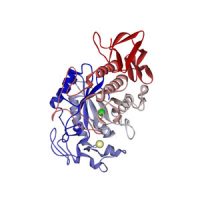Although a recent paper* has stated that salivary α-amylase (sAA) concentrations are not affected by saliva flow rates, Salimetrics is aware that this matter is currently being re-examined. Until the question of flow-rate dependency for sAA is definitively settled, Salimetrics is advising customers to record data on saliva flow rates (mL/min) whenever sAA activity is measured. The collection of this data will then allow sAA activity to be corrected for flow rates, should it prove necessary. We currently recommend the same correction procedure for SIgA and DHEA-S, which are known to be flow-rate dependent.
Measurement of flow rate is easy to do with the passive drool technique, since it only requires noting the amount of time necessary to collect a predetermined amount of saliva. It is also possible to estimate saliva flow rates when collecting with the Salimetrics Oral Swab (SOS) by comparing the combined weight of the swab and storage tube before and after collection and by noting the length of time the swab is in the mouth. The difference in grams is approximately equal to the volume in mL. In order for this flow-rate estimate to be accurate it is important that the SOS be removed from the mouth before it becomes fully saturated (max volume = 1.7 – 2.0 mL), since after that point no additional sample is being collected.
Multiplying the assay results by the saliva flow rate allows the data to be expressed as a function of time:
Example: Units sAA activity/mL x mL /min = Units sAA activity/min
 Contact: Salimetrics (USA)
Contact: Salimetrics (USA)
